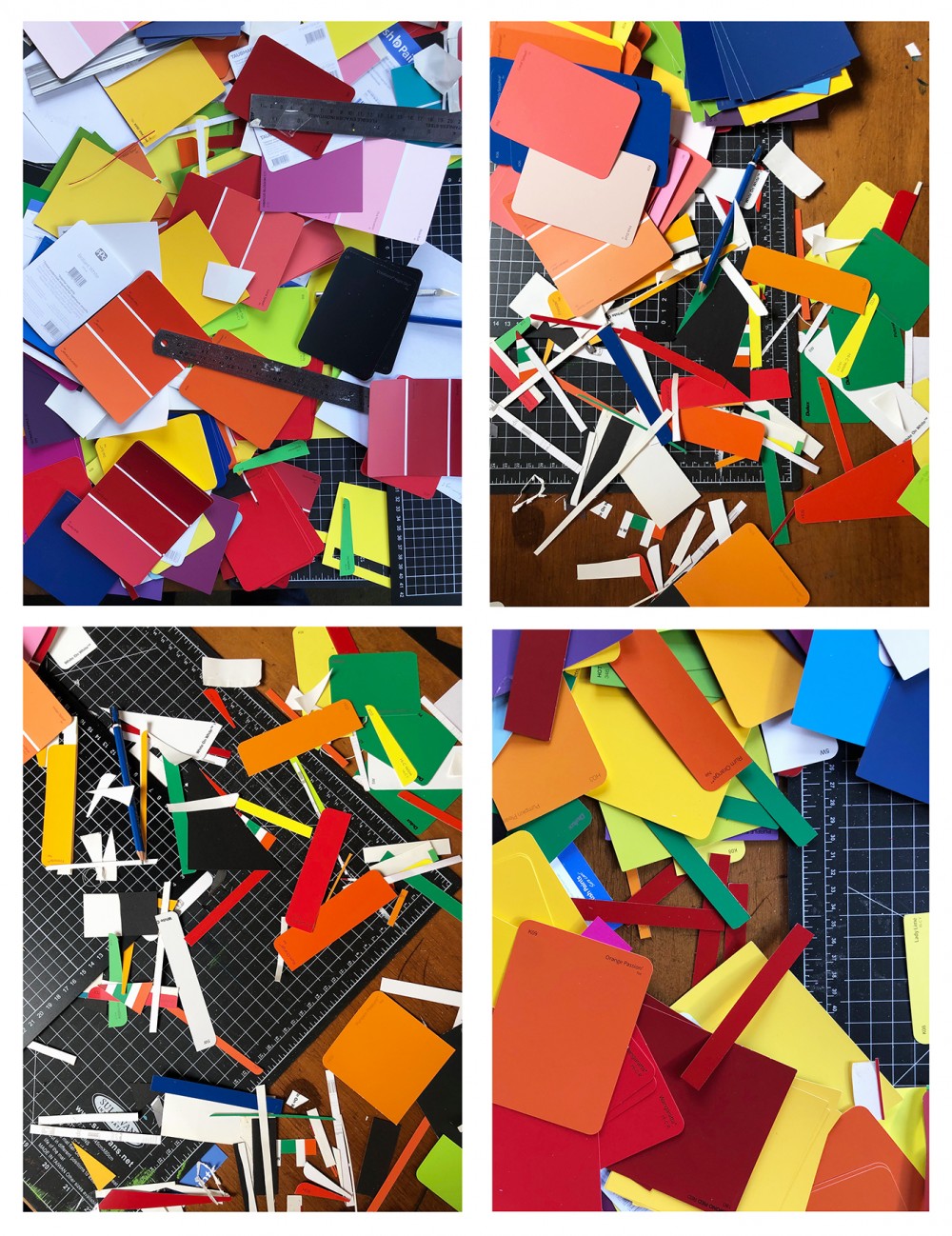work / BUILT FORM 2024
Built Form: an orientation
As a person who goes walking with the primary purpose of observing the physical world around him, Peter Atkins regularly finds himself immersed in the complex relationships between abstraction and landscape. Unlike an aimless and aloof 19th century flâneur, this is an artist who actively and productively re-visions what he sees: under his gaze, the forms, shapes and colours within his purview veer strongly towards the abstract. There, just below the physical surface of what is seen with the eye – call it reality – he discerns another vista.
In that zone, the inner eye takes over, the imagination engages and layers of explicit meaning are stripped away. Text, iconography, symbols, signs and cues are ablated, messages are depleted, and words dissolve. What remains is a purity of form. In that place is the essence of artistic abstraction – a filtering, a distillation, a reduction, where the leftovers acquire an enduring emotional power. In this way, landscape becomes a warm concept rather than a ‘thing’ in the distance that can be possessed or occupied.
Simon Schama writes in Landscape & Memory that the frame through which a person sees a physical panorama – of land, sea, sky, vegetation, architecture – is a frame that is elaborately and unavoidably wrought with complicating memories, myths and meanings: “Before it can ever be a repose for the senses, landscape is the work of the mind.” Thus, we make what we see.
Atkins follows a similar trajectory, recalibrating a scene to emphasise a more intuitive way of receiving and responding to visual information. As he strolls and explores urban, suburban, industrial and other landscapes, any field of information he encounters may become something of a working canvas (and the orientation is usually landscape, not portrait). It is an underpainting or underpinning he might choose to develop or, more accurately, un-develop. A row of motel doors. A gelateria. A store-front. A sign atop a pub. A wall. Placards at the fruit and vegetable market. Everything is open to editing and essentialising. A new landscape emerges, familiar yet foreign in the way it has been abstracted.
In a broader sense, Atkins is an inveterate whittler. While he makes a large volume of project-based work, series by series, it is but a fraction of a much more expansive endeavour: almost endless collections of subject-oriented photographs, notes and ideas sorted into categories with sub-categories, tangents, rabbit-holes and portals make every project a multiverse of possibilities. In Built Form, viewers may be encountering specific geographical sites – a factory facade in Moorabbin, a road-house in Gundagai, a long wall in Coburg, a roller door in Cairo – but that information is supplementary to the visual experience presented. Provenance is more significant with Atkins’ to-scale sculpture Carpark Column – it is displayed in this exhibition in direct sight of its “parent”, architect Peter McIntyre’s 1960s Parkade Carpark. Evoking what Atkins describes as a “weird emptiness and coldness” felt in car-parks, the sculpture’s battleship-grey emphasises a distinctly utilitarian atmosphere.
Such places would have been in abundance when, years ago, Atkins visited Los Angeles on a 12-week residency, taking buses everywhere around that vast, populous, freewayed metropolis. He snapped countless photographs along the way. Another time, he did a colour-rich shoot of every single caravan in a camping site (in the days before these vehicles become almost exclusively grey and black). And, online, he has more than once been fascinated by magazine covers: the designs, he discovered, are mere templates to sensationalise “news” that can flip from serious and dramatic world events to transient celebrity fodder in almost a single breath, or click.
In all such projects, and continuing in Built Form, well-known objects become exquisitely rendered fields of pure, radiant, engaging colour. It’s a relief to gaze at and absorb these forms unbuilt. From the chaotic noise of the world’s constructed clamour, a serenity is distilled.
Andrew Stephens 2024
Meditations on Memory
‘Built Form’ by Peter Atkins at Tolarno Galleries is a striking exploration of the everyday, reimagining familiar urban forms into bold, abstract compositions. Inspired by Melbourne’s vibrant Sydney Road, Atkins transforms overlooked elements of the cityscape into art that asks us to reconsider how we see our surroundings
His works transform iconic, recognisable symbols—such as the 7-11 stripe, the Chemist Warehouse logo, and the classic barber shop pole—into their most essential shapes and colours. These simplified forms, though ubiquitous, are rendered in a way that feels both clever and deeply resonant, evoking the energy and vibrancy of the urban landscape while reducing its complexity into something meditative and serene. T
The artworks are meticulously crafted, with many pieces constructed from materials like Bunnings paint sample cards. His works act like snapshots of Melbourne’s ever-changing urban fabric—each piece a moment of stillness, yet charged with the dynamic energy of the city. It’s as though Atkins is uncovering hidden treasures in plain sight, revealing the extraordinary in the ordinary
The reflection of the Melbourne cityscape in the glass of the framed works creates a poetic connection between the art and its source, as if the city itself is embedded in the artwork. Atkins blurs the boundaries between inside and outside, between the urban environment and the gallery space, pulling viewers deeper into a conversation between the physical and abstract.
Atkins’ ability to strip away the functional context of objects, divesting them of their original purpose, transforms these everyday symbols into meditations on memory, nostalgia, and shared experiences. The process feels intuitive yet deliberate, reducing the chaos of the urban environment to something pure and timeless
By elevating these forms from the everyday to the sublime, Atkins encourages us to rethink what we see and, ultimately, what we value.
Scarlet Thomas 2024
Built Form 2023-2024
Factory, Moorabbin
1120 x 560mm
2023
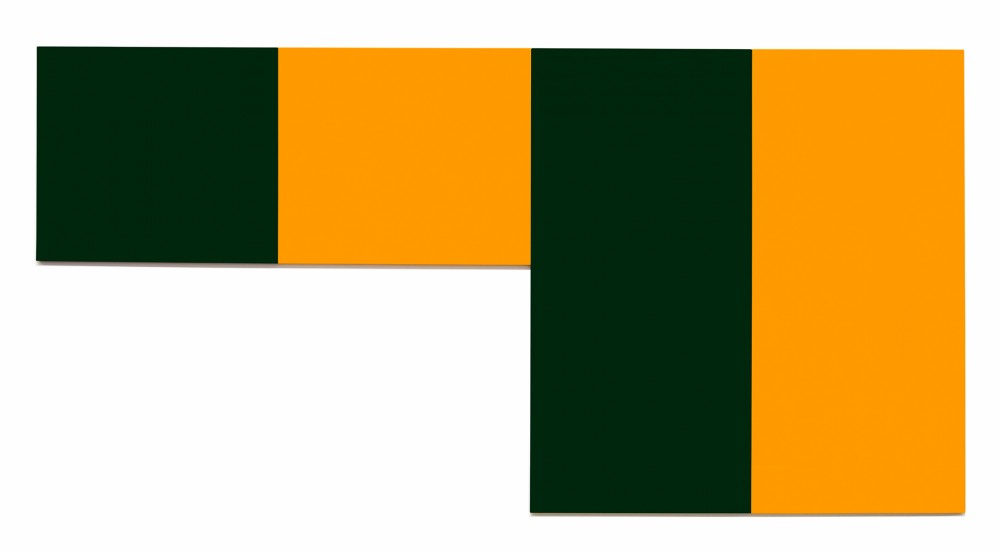
Roadhouse, Gundagai
1050 x 220mm
2024

Roofline, Glen Waverley
930 x 160mm
2023

Sign, Clifton Hill
900mm x 420mm
2023
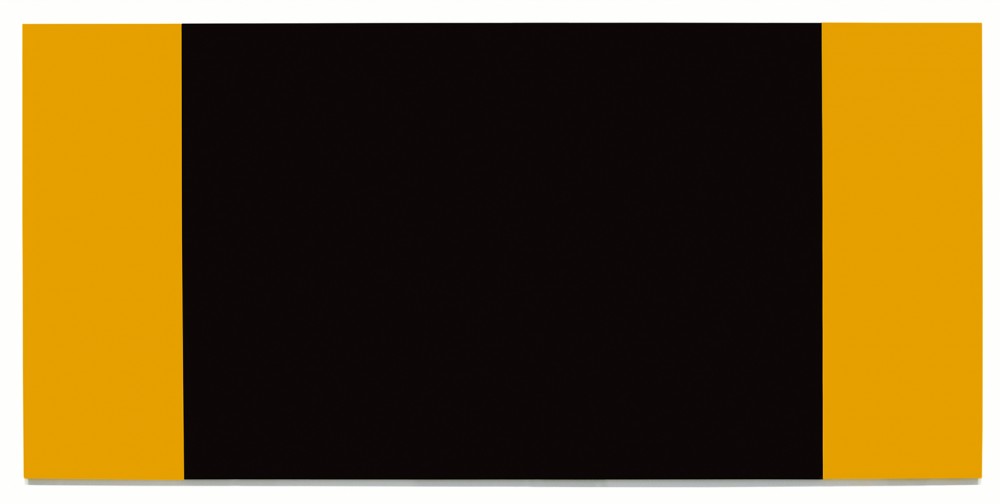
Window, Footscray
840 x 500
2023
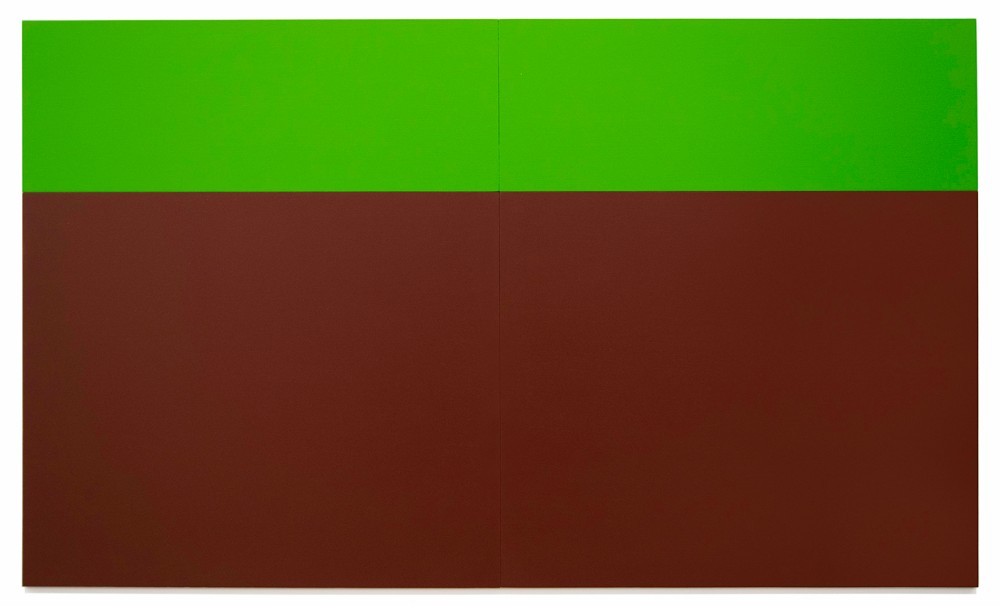
Wall, Coburg
900 x 330mm
2023
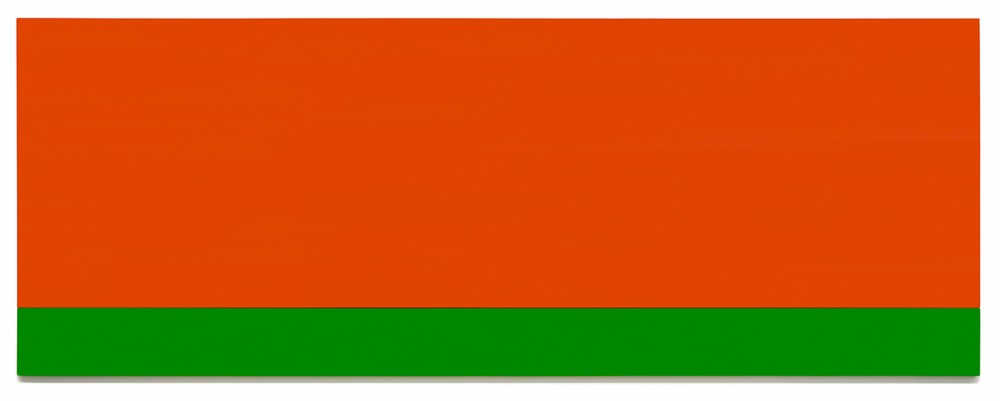
Gelateria, Brunswick
700 x 600mm
2023
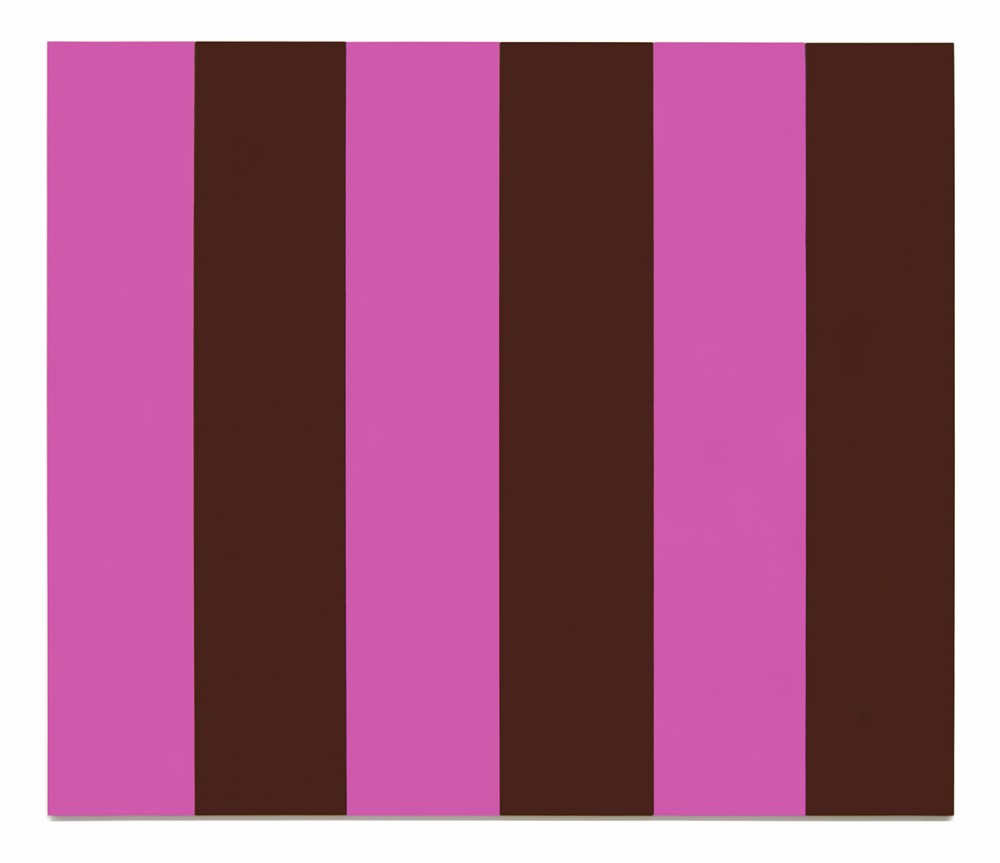
Roller Doors, Cairo
540 x 480mm
2024
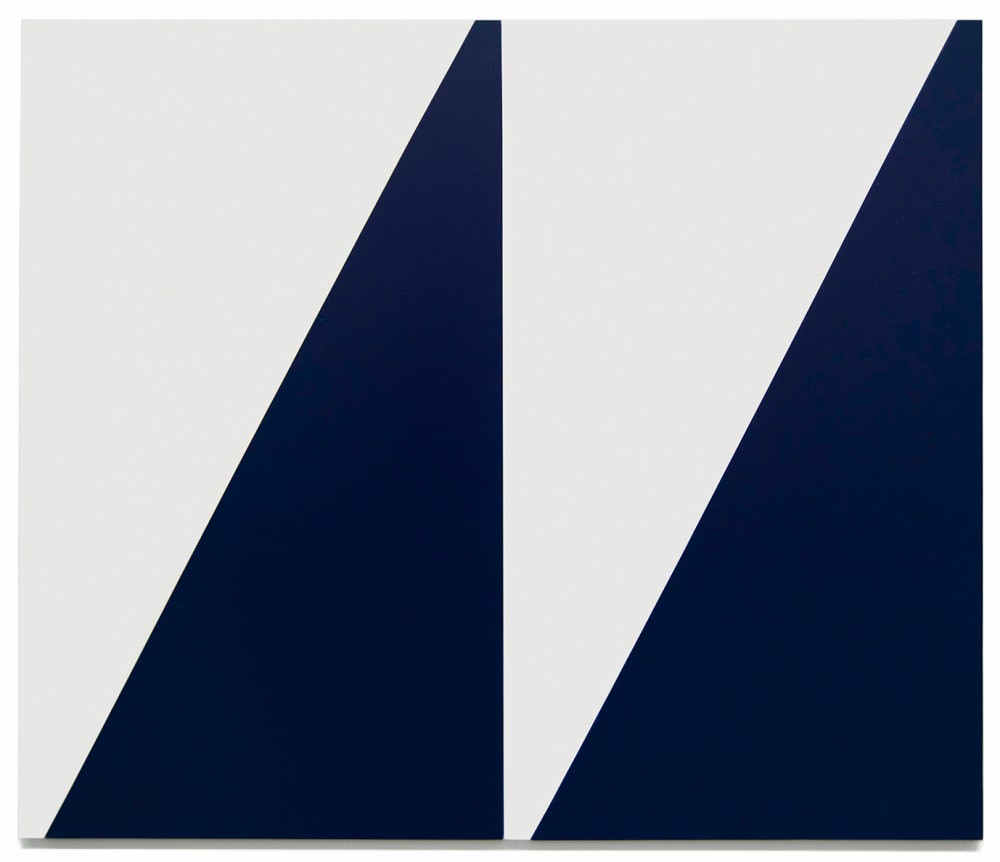
Carpark Column, Melbourne
Acrylic on salvaged plywood
34h x 16w x 17d
2024
Edition of 3
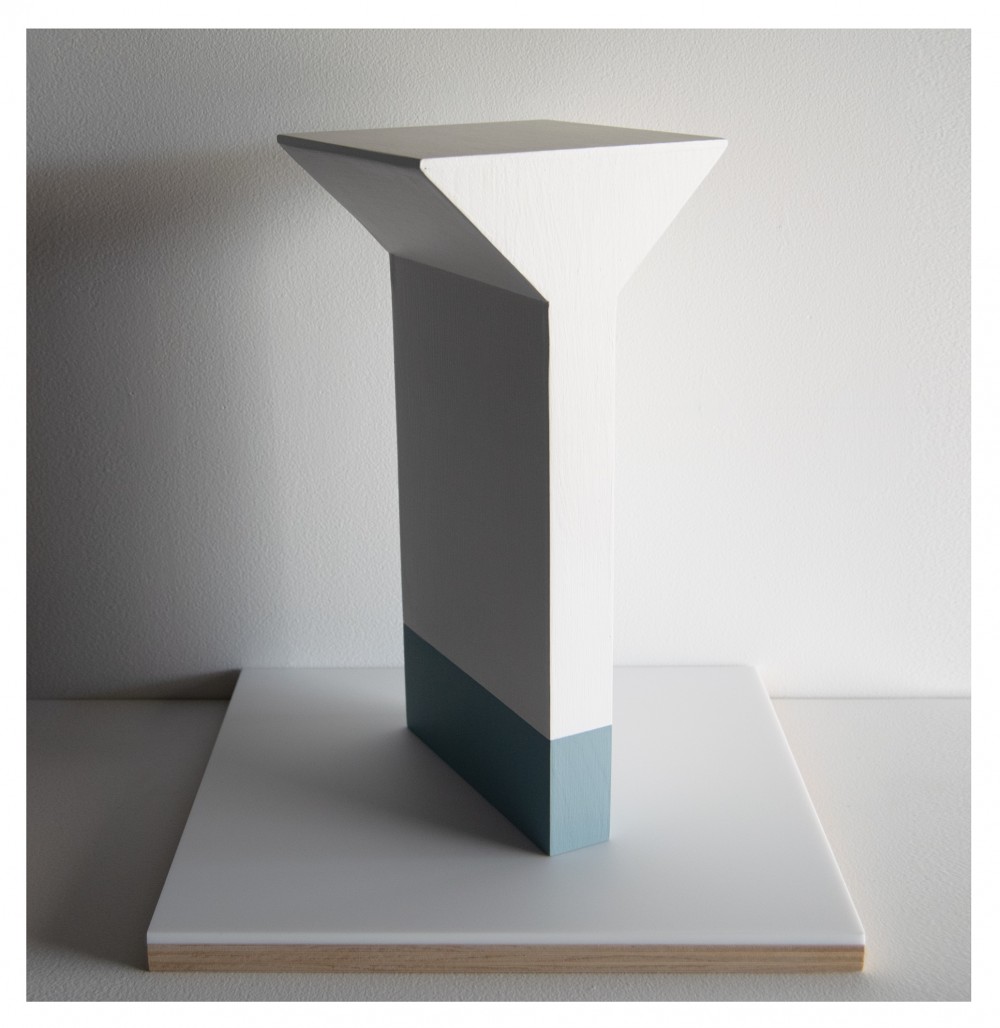
Built Form - in studio 2024
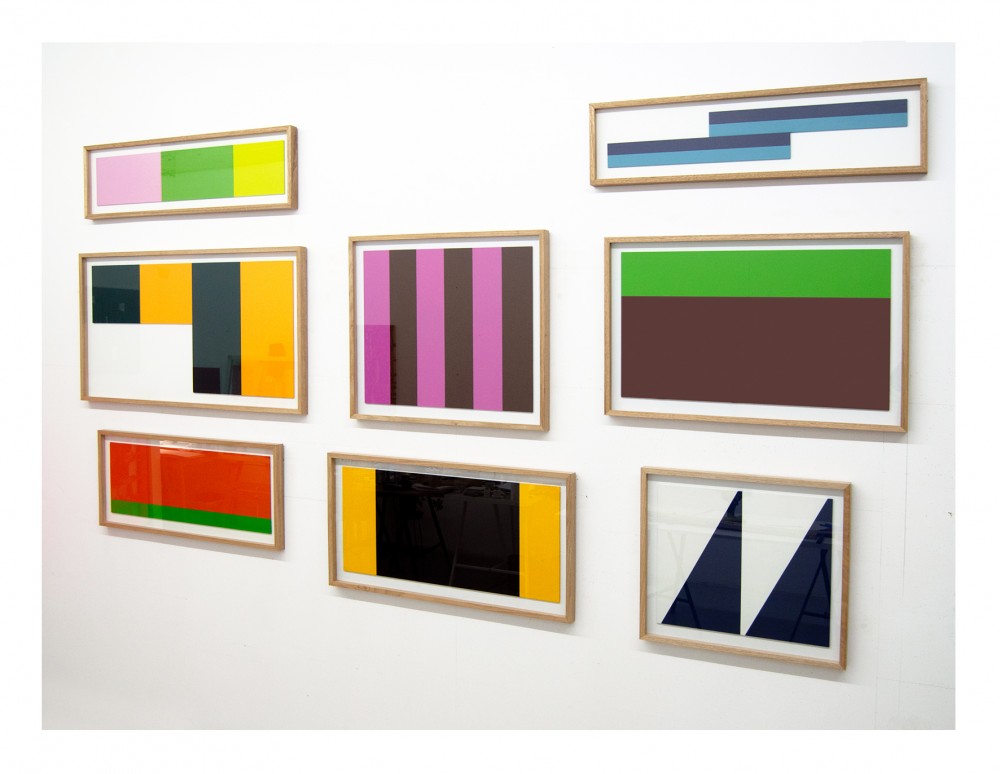
Sydney Road Project
Bunnings paint sample cards on paper
38cm x 28cm
2024
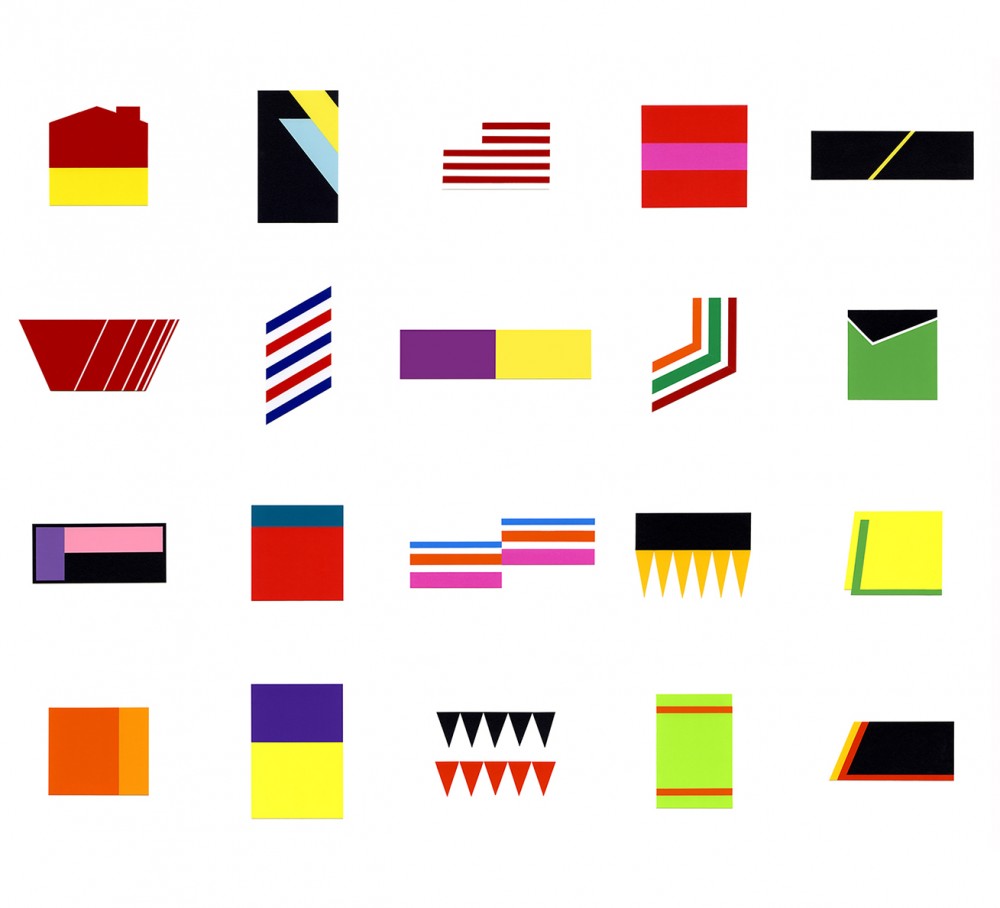
Sydney Road Project (framed)
Bunnings paint sample cards on paper
38cm x 28cm
2024
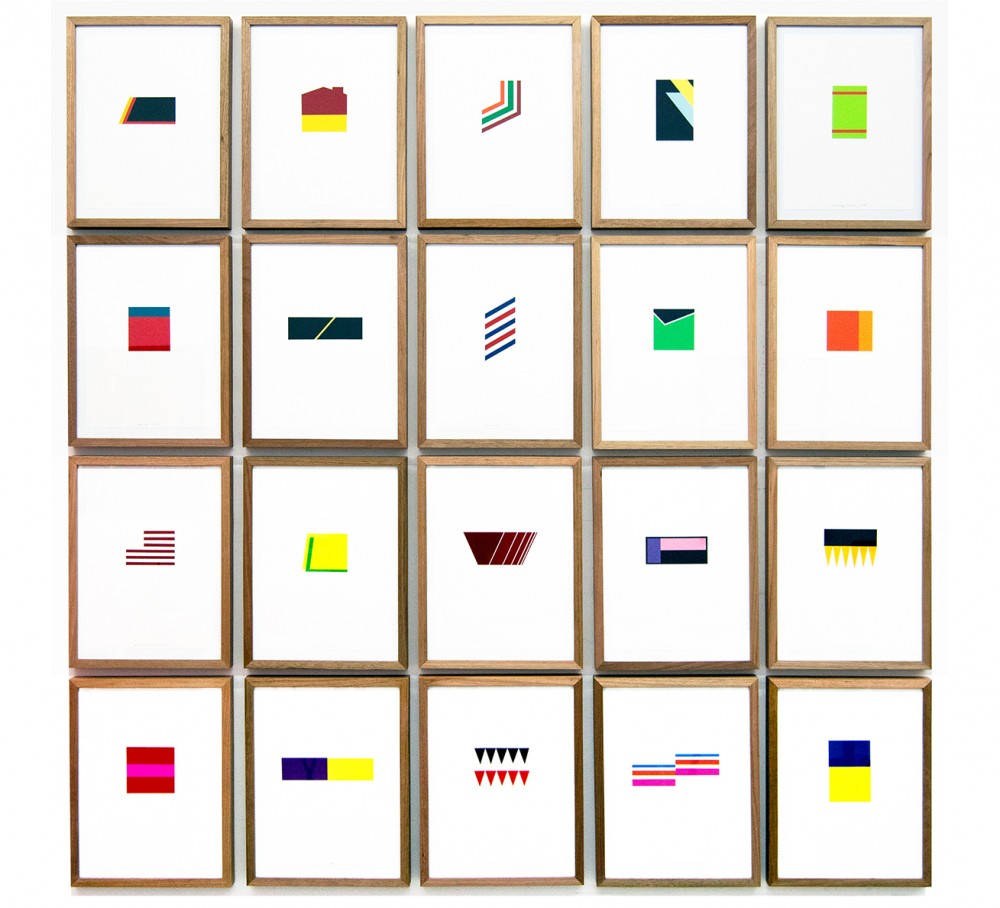
7-11

Barbershop
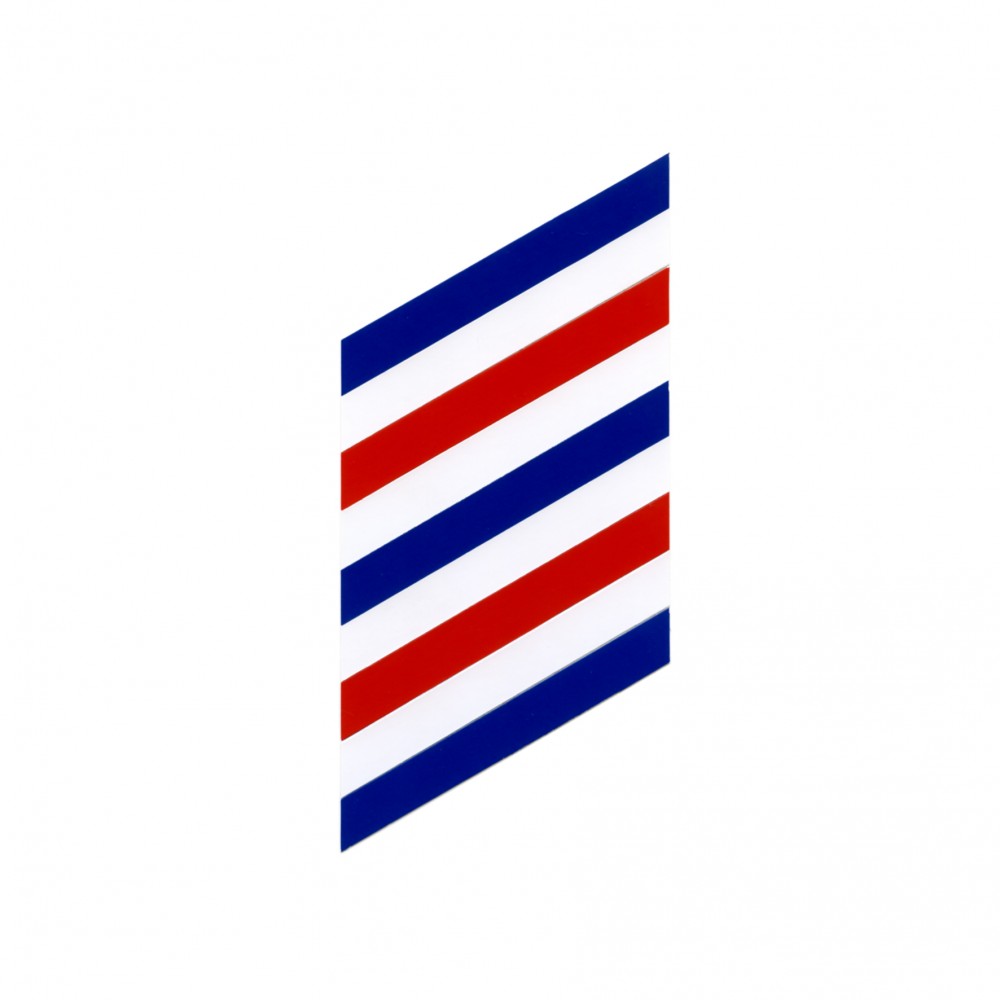
Body Piercing/Tattoo Removal

My Bike
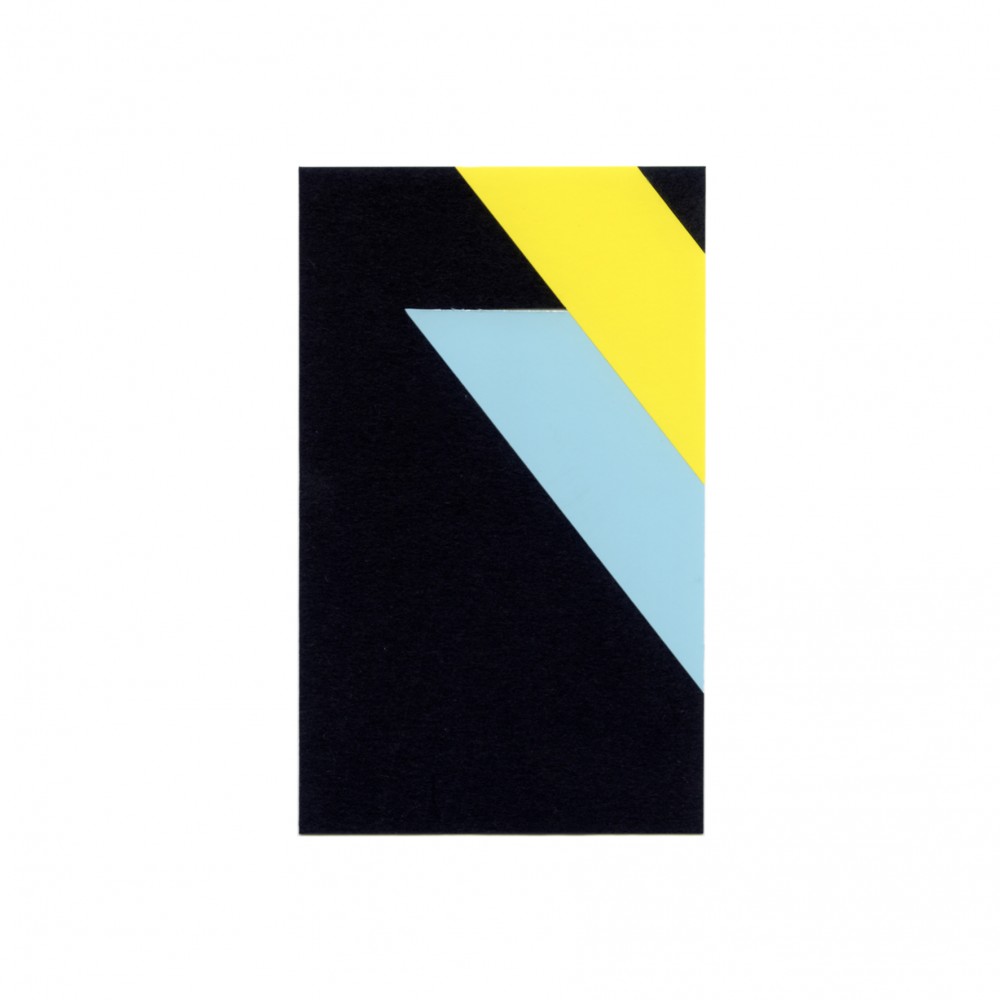
Bunnings
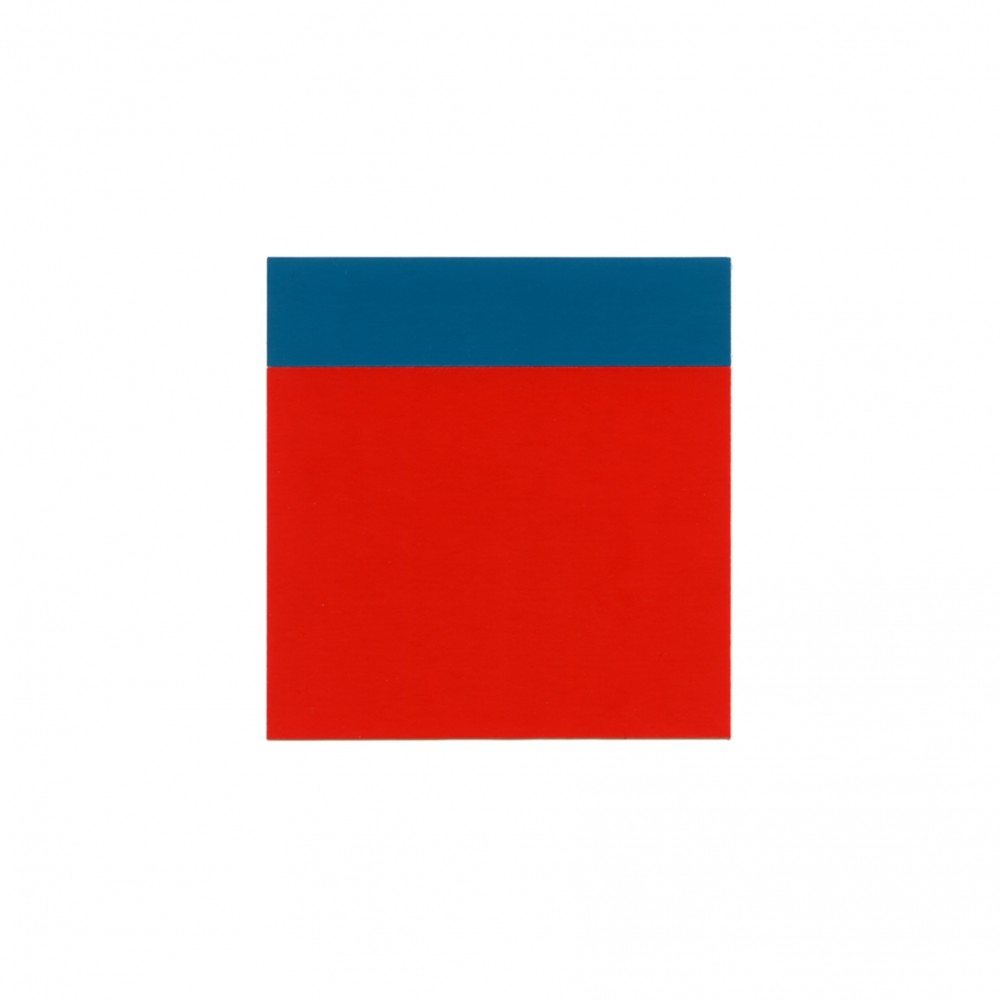
Bank

Alasya Restaurant
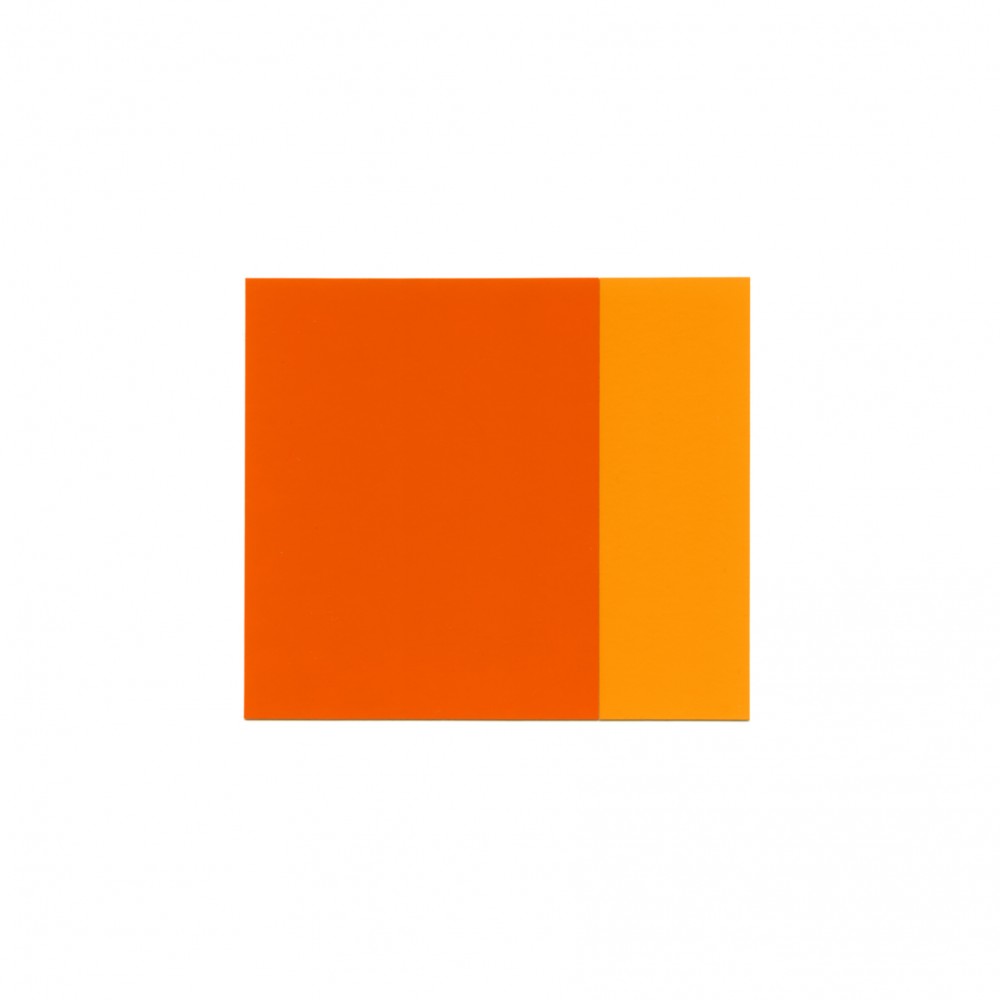
Car Yard
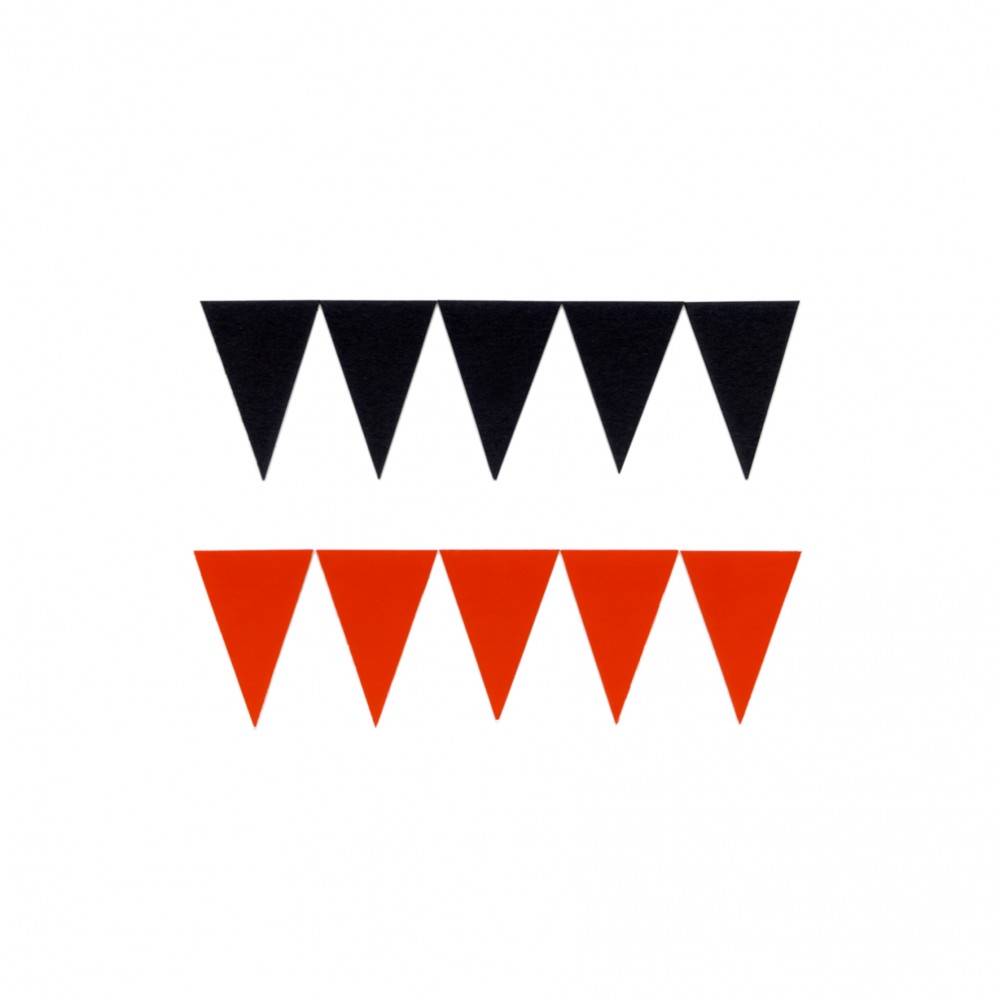
Chemist Warehouse
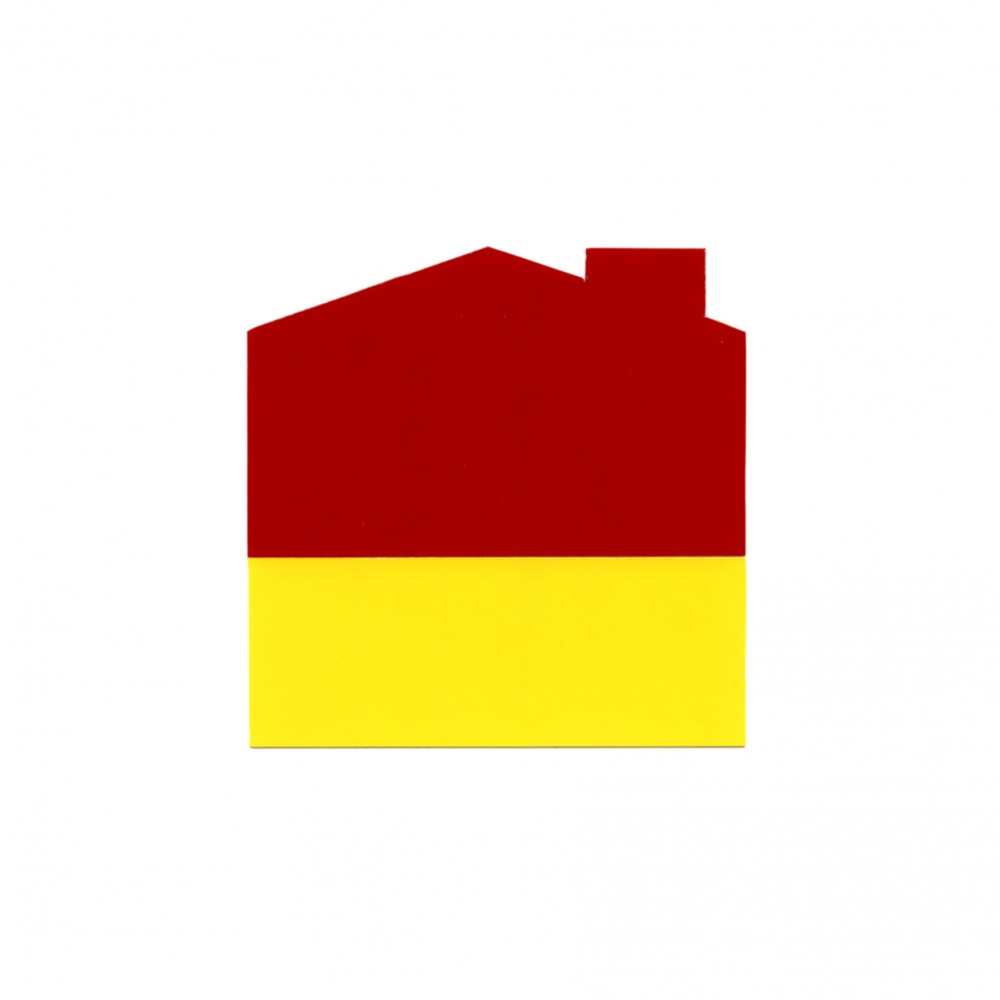
Madonna Electric
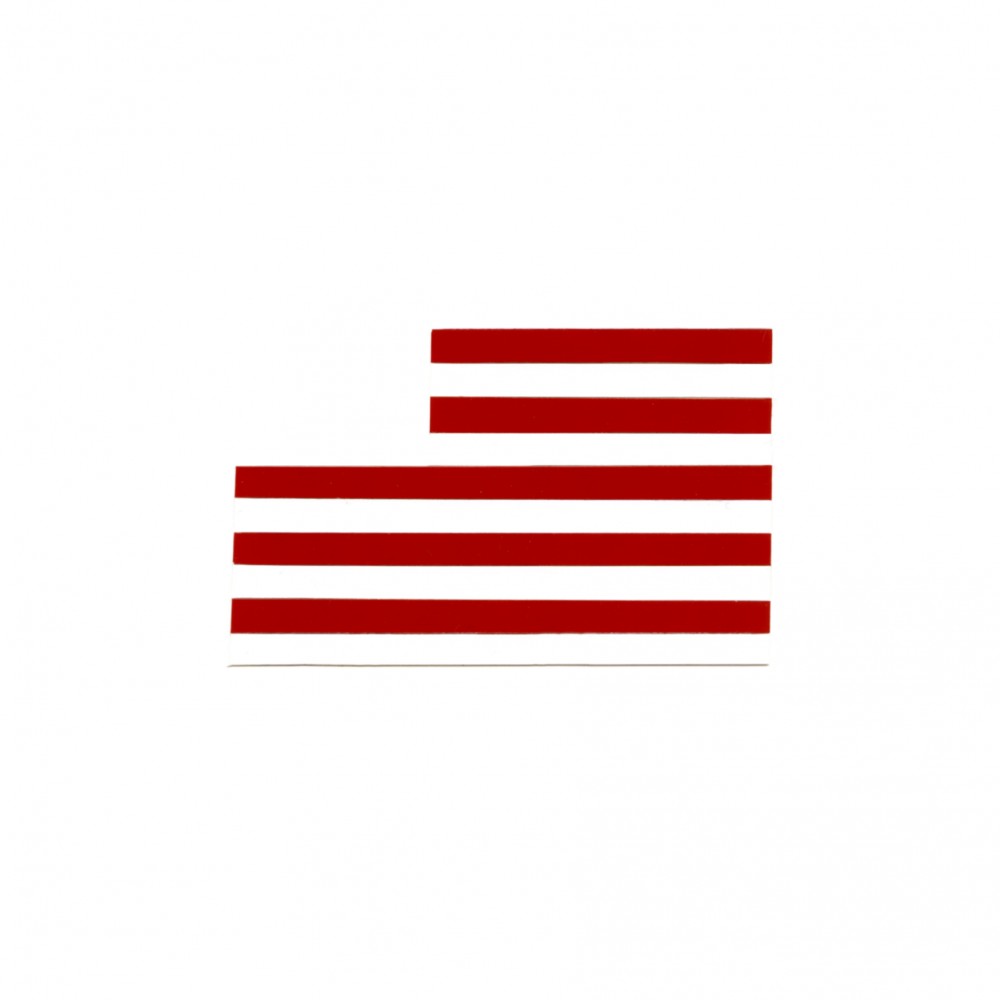
Fantastic Variety
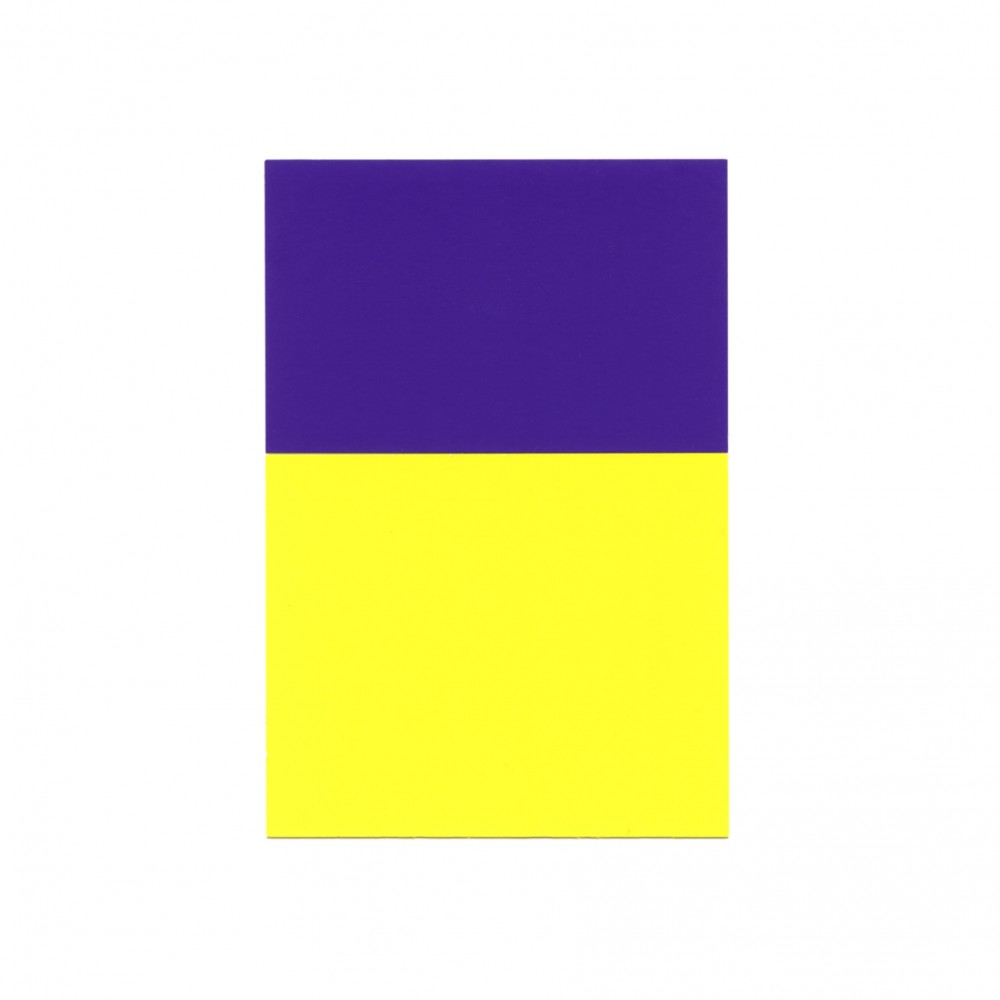
Ultra Exotic Lounge
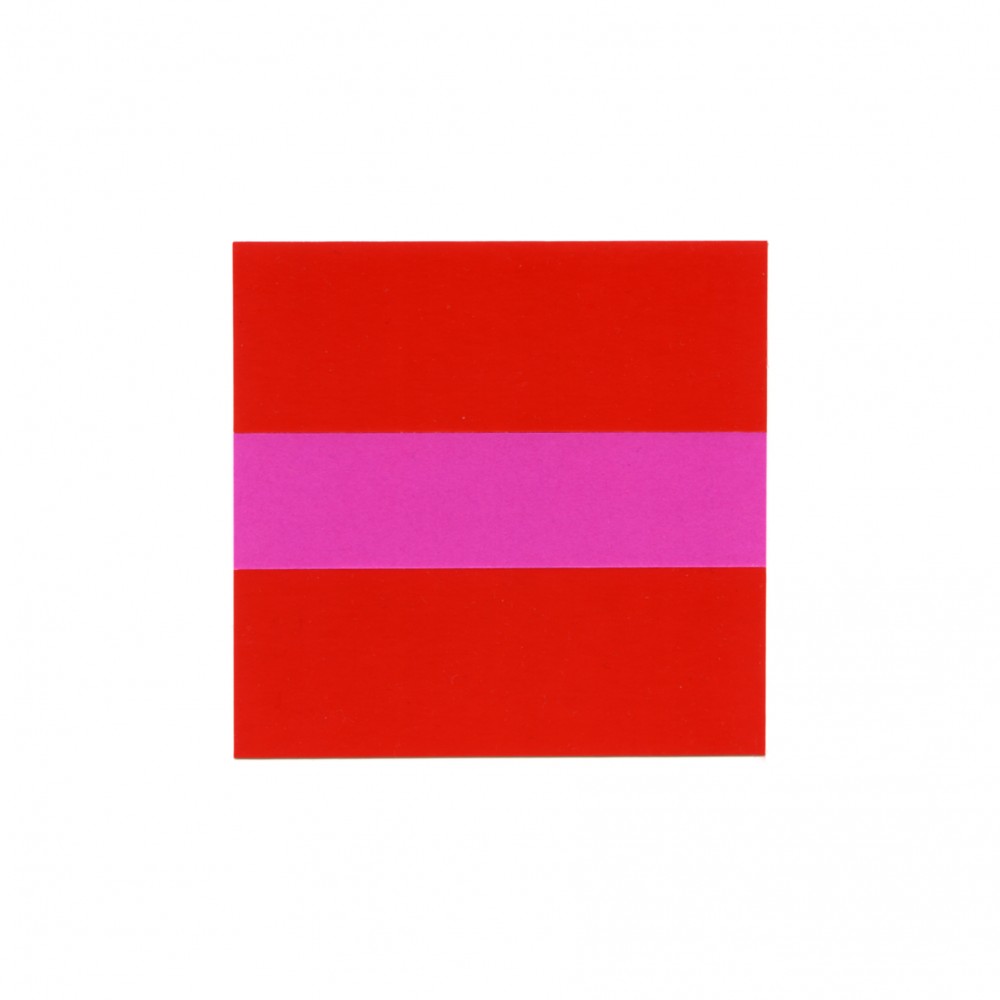
Hair 2000
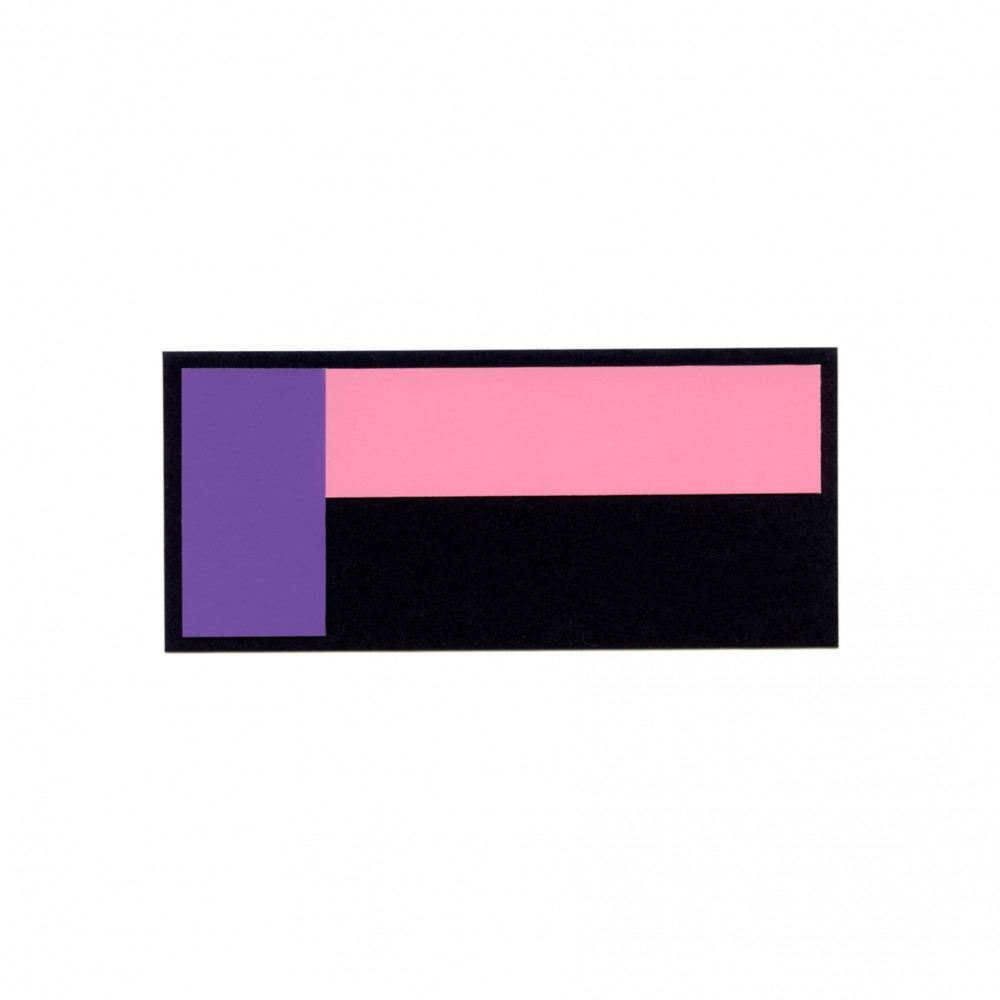
Repco
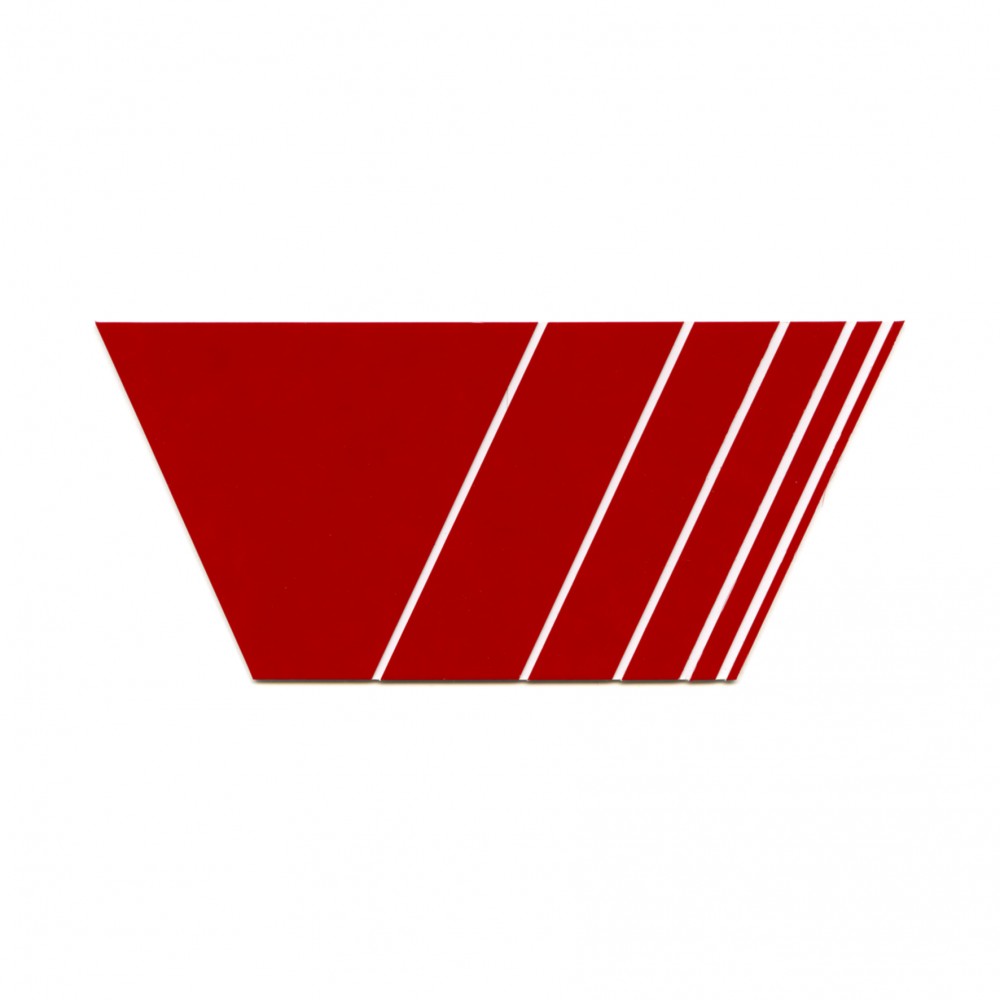
Electrical
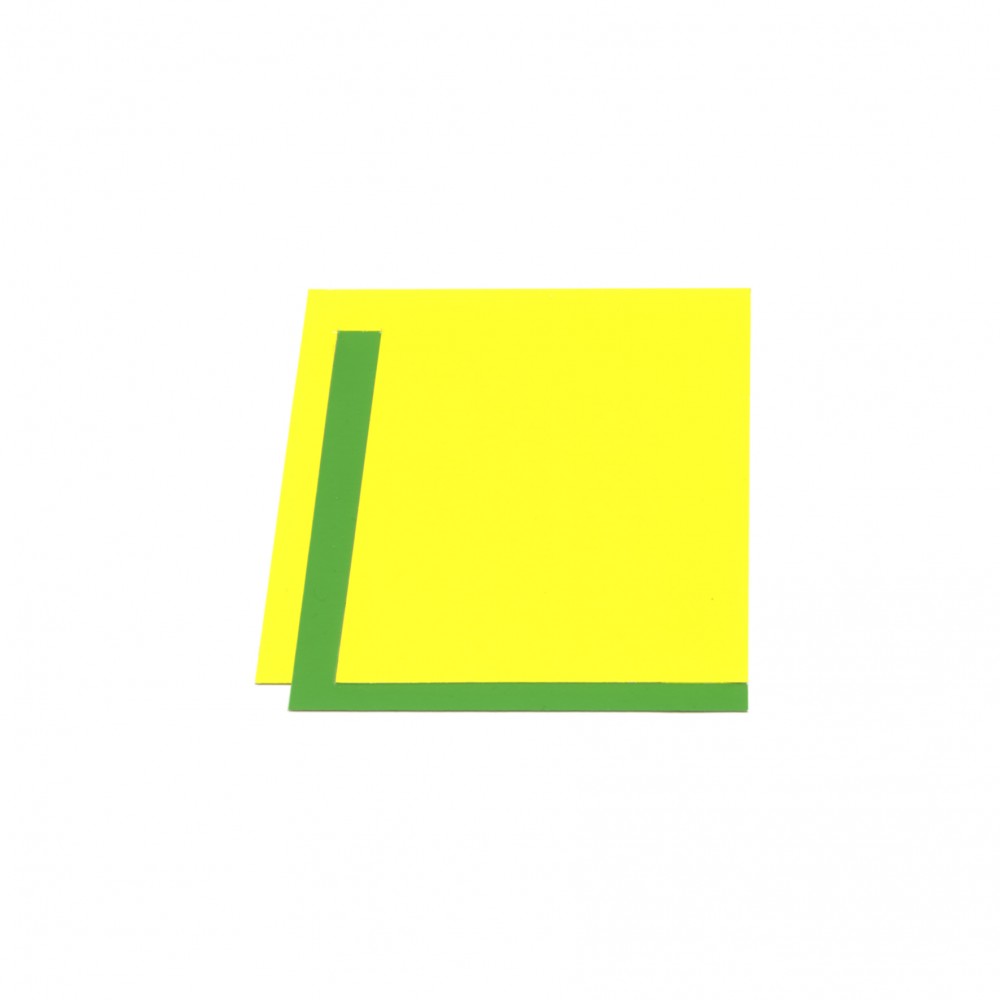
Dunlop Super Dealer
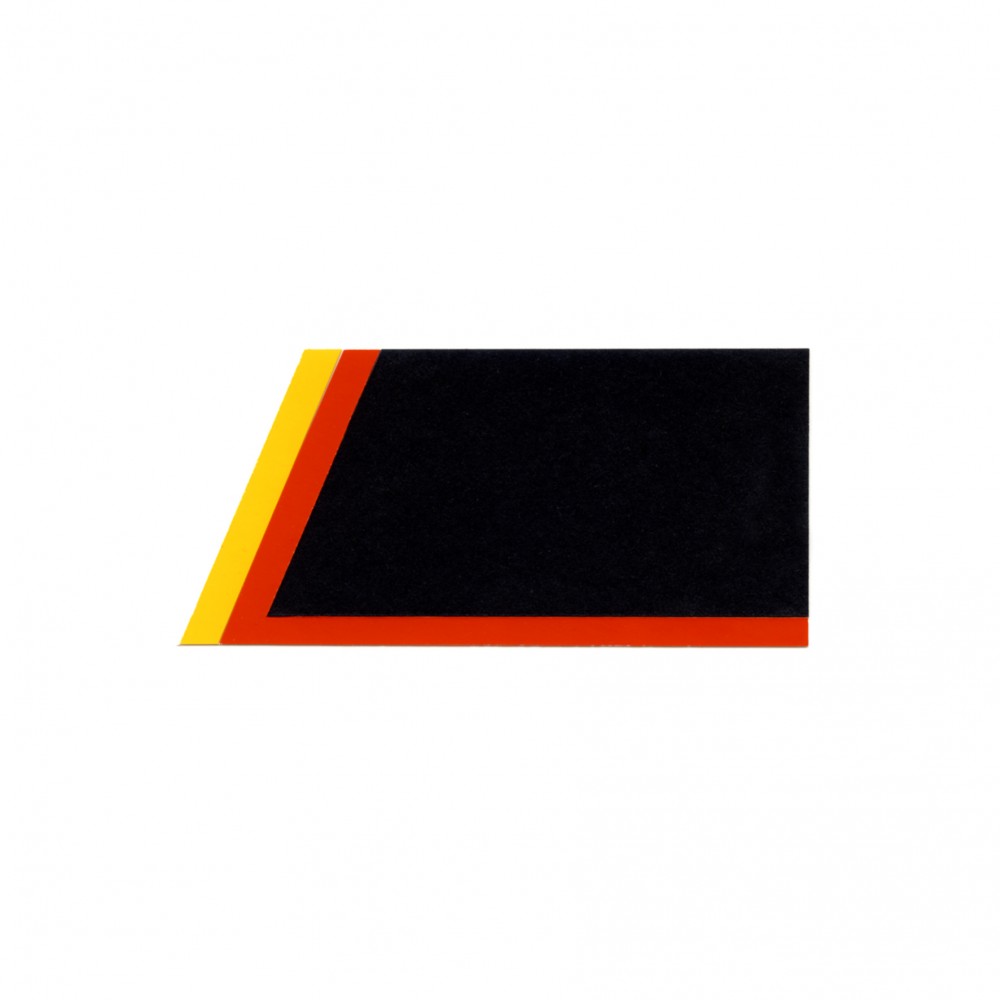
Pick Up/Delivery
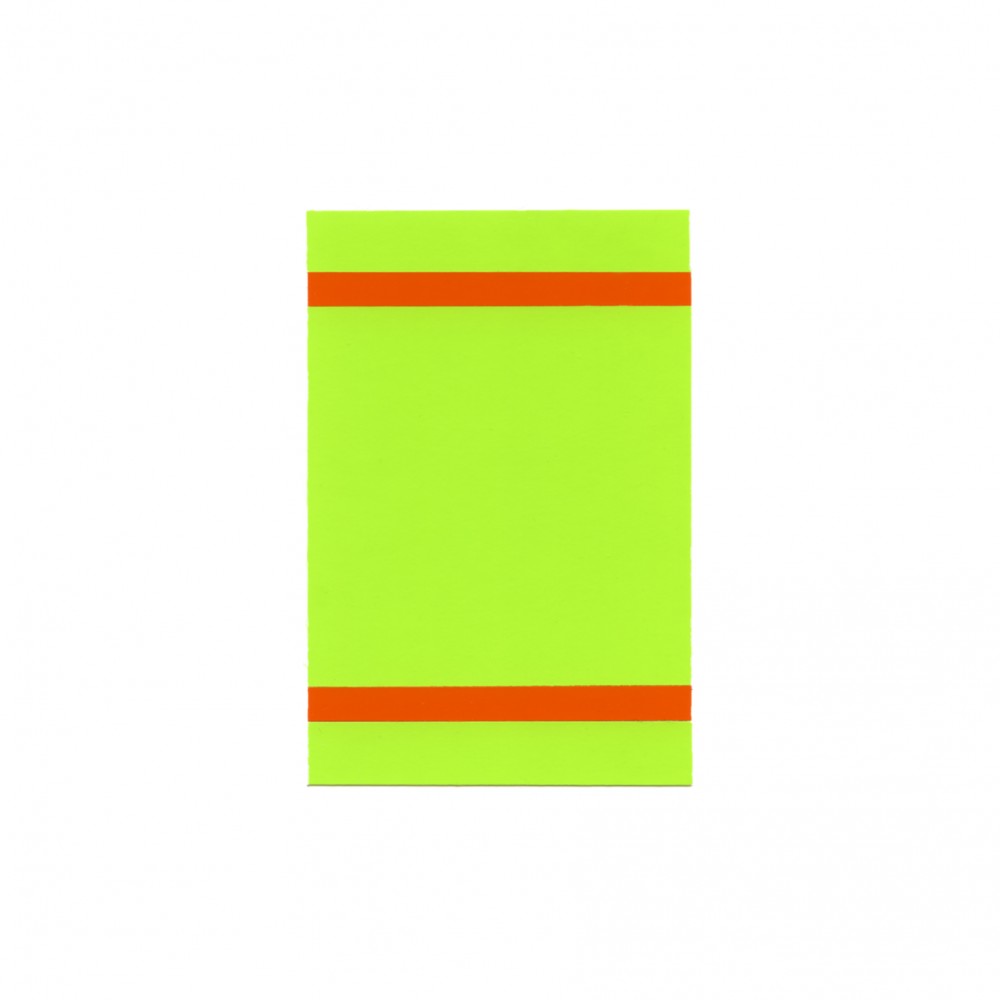
Domino's
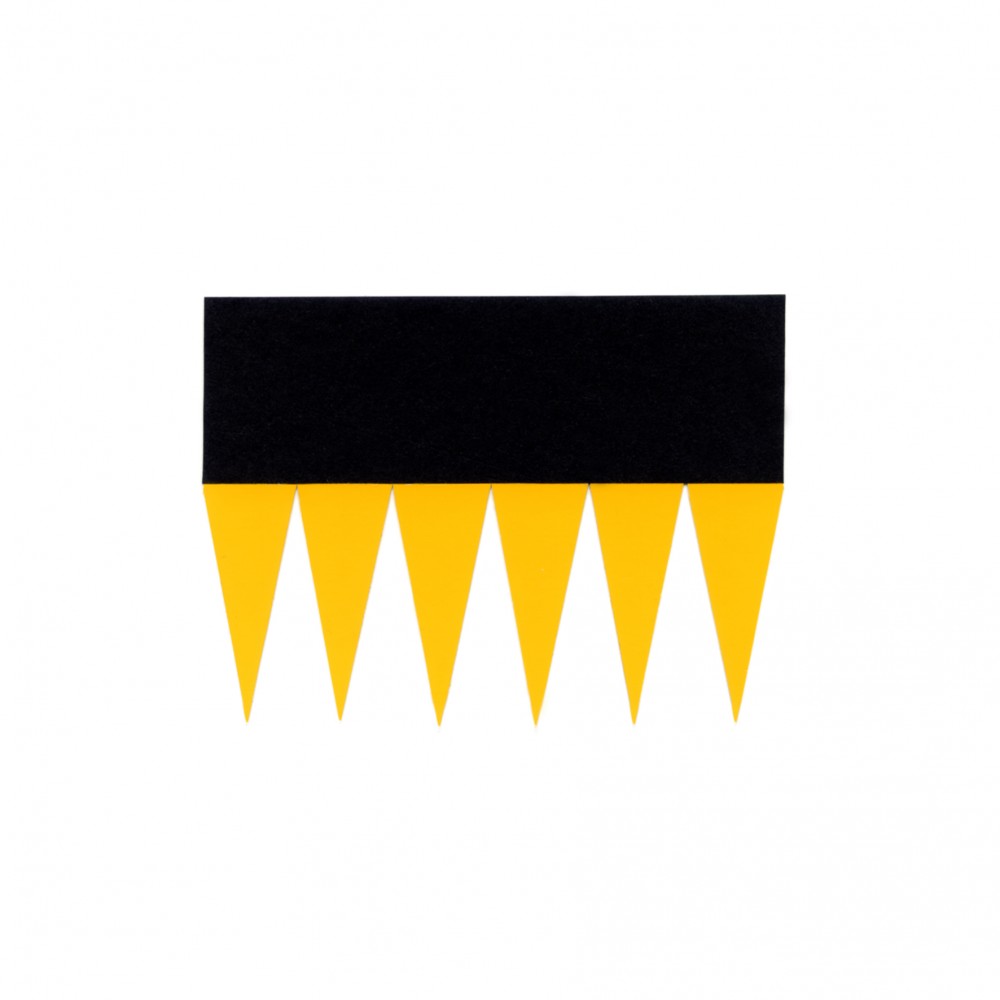
Pools Pumps Tanks

Shop and Dwelling
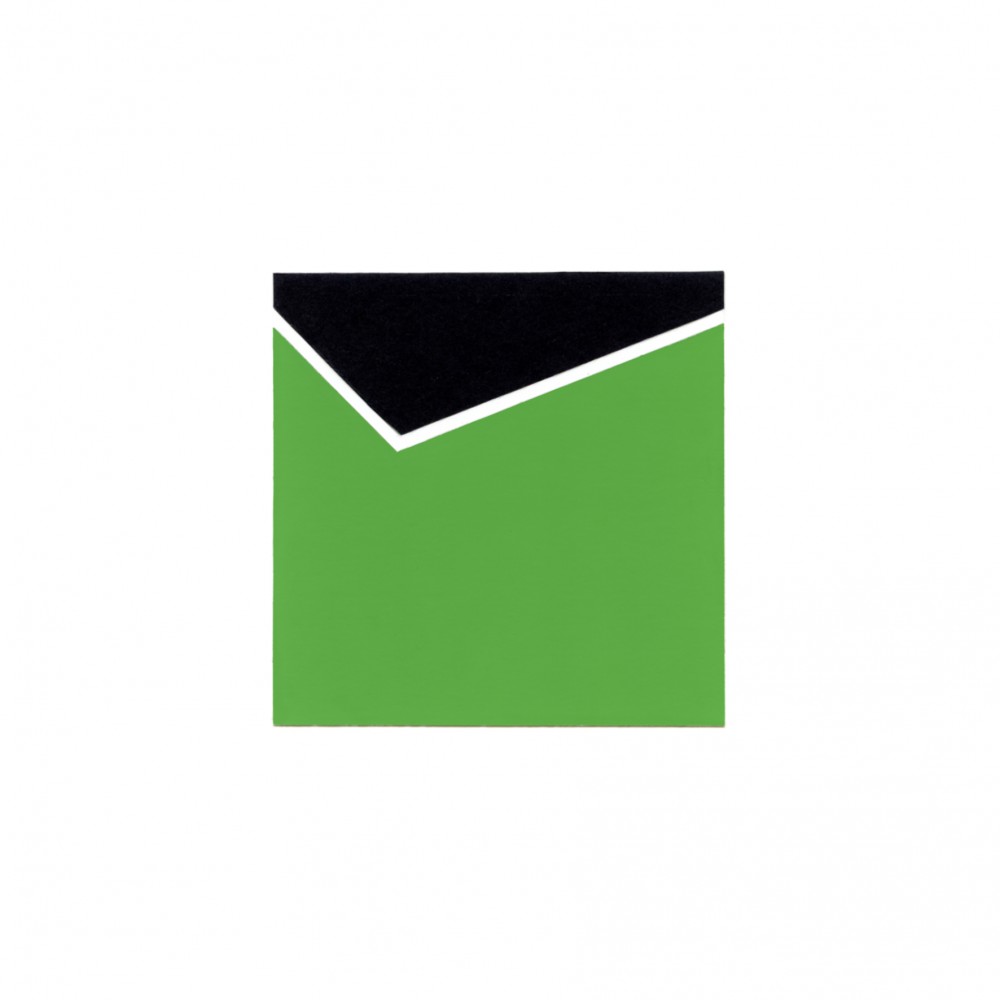
Sydney Road Project - reference forms 2024
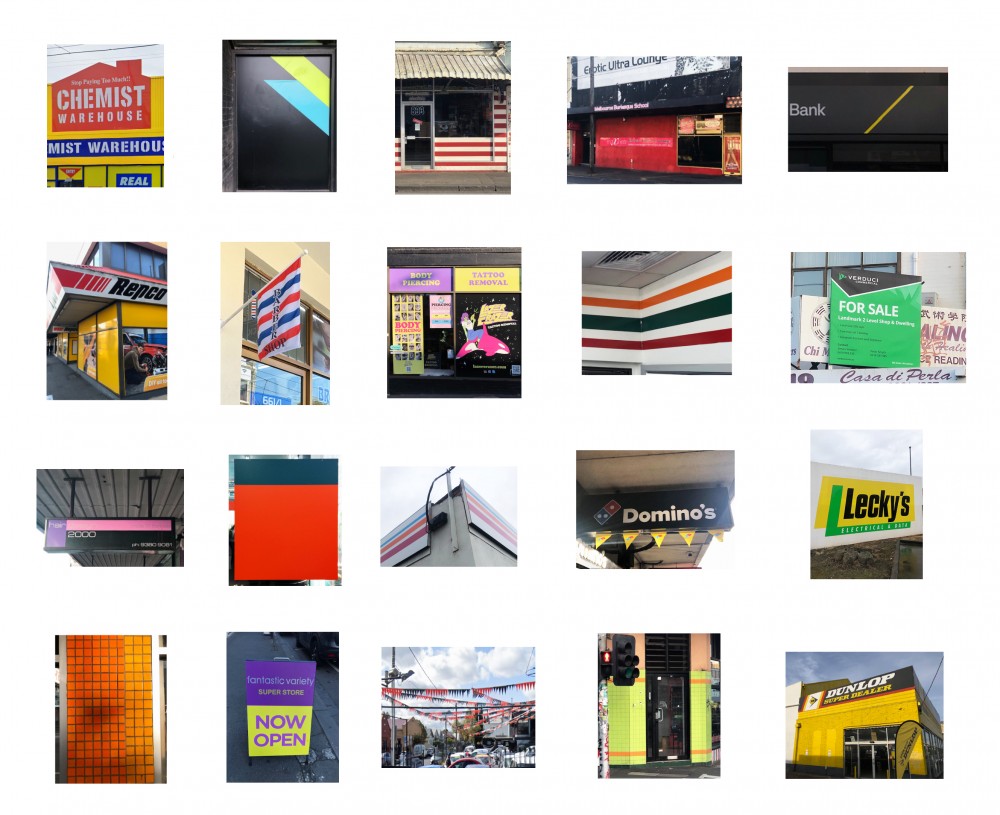
Built Form reference forms 2023-2024
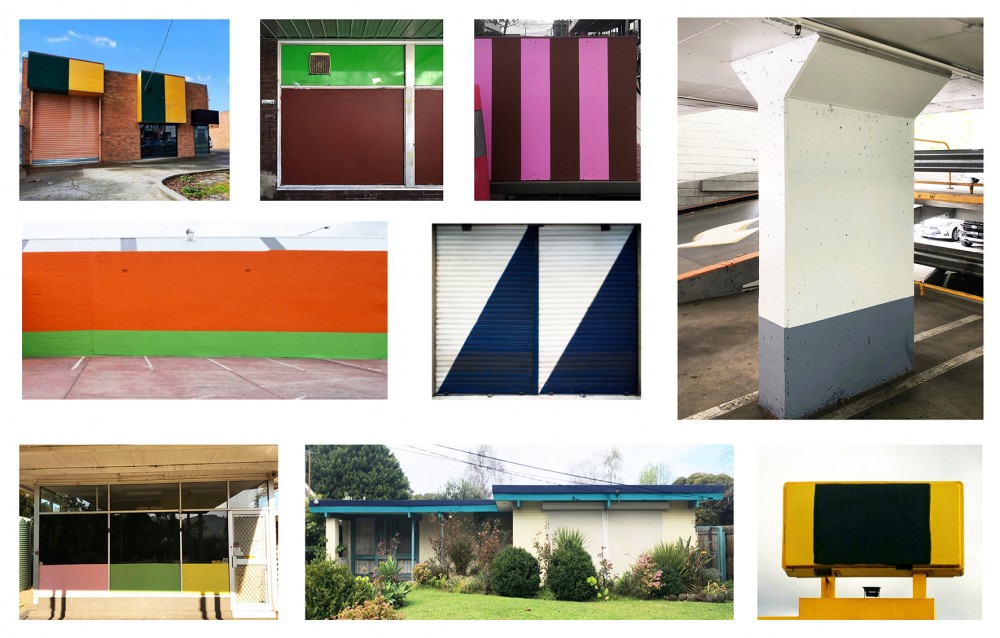
Sydney Road Project - in progress (using Bunning paint sample cards)
